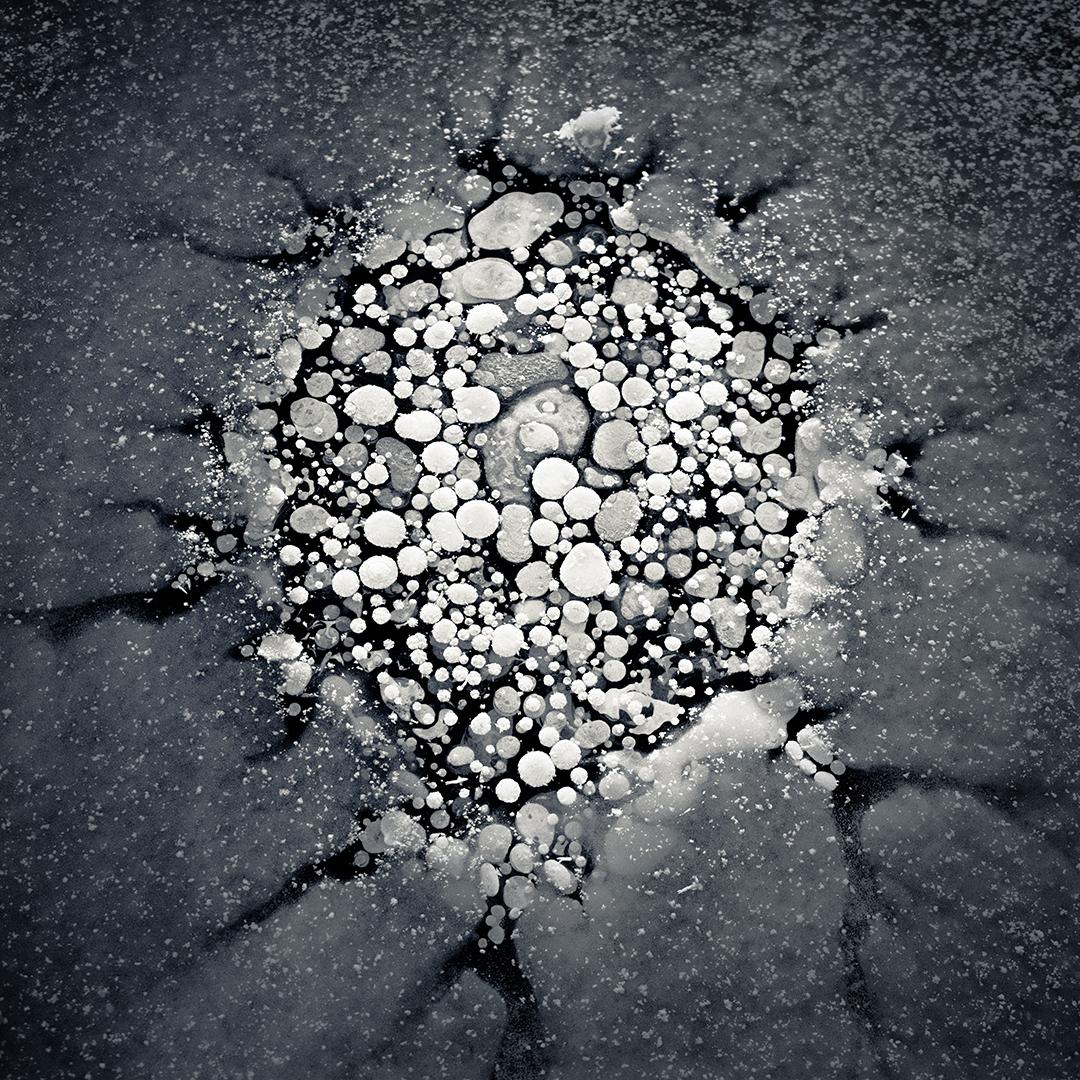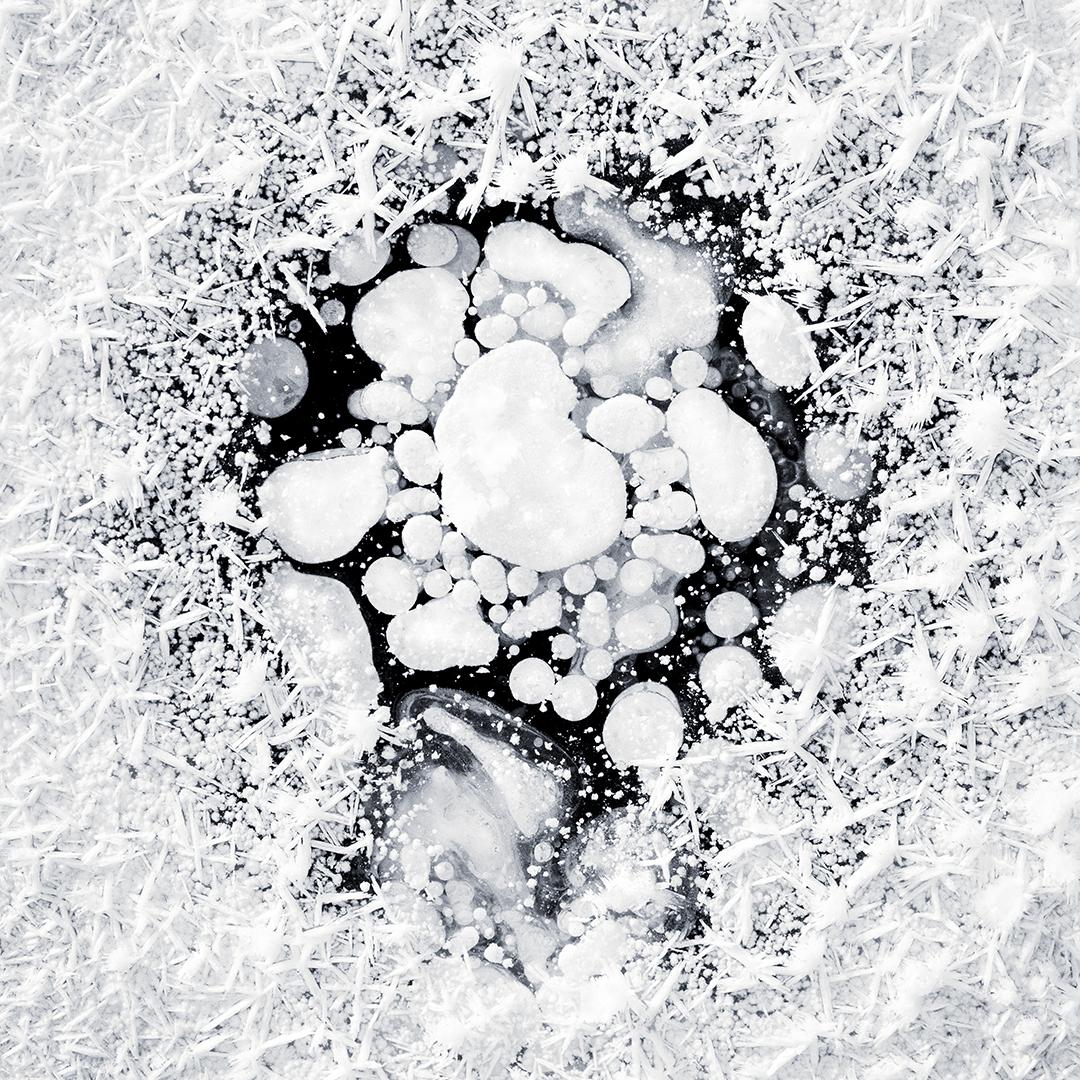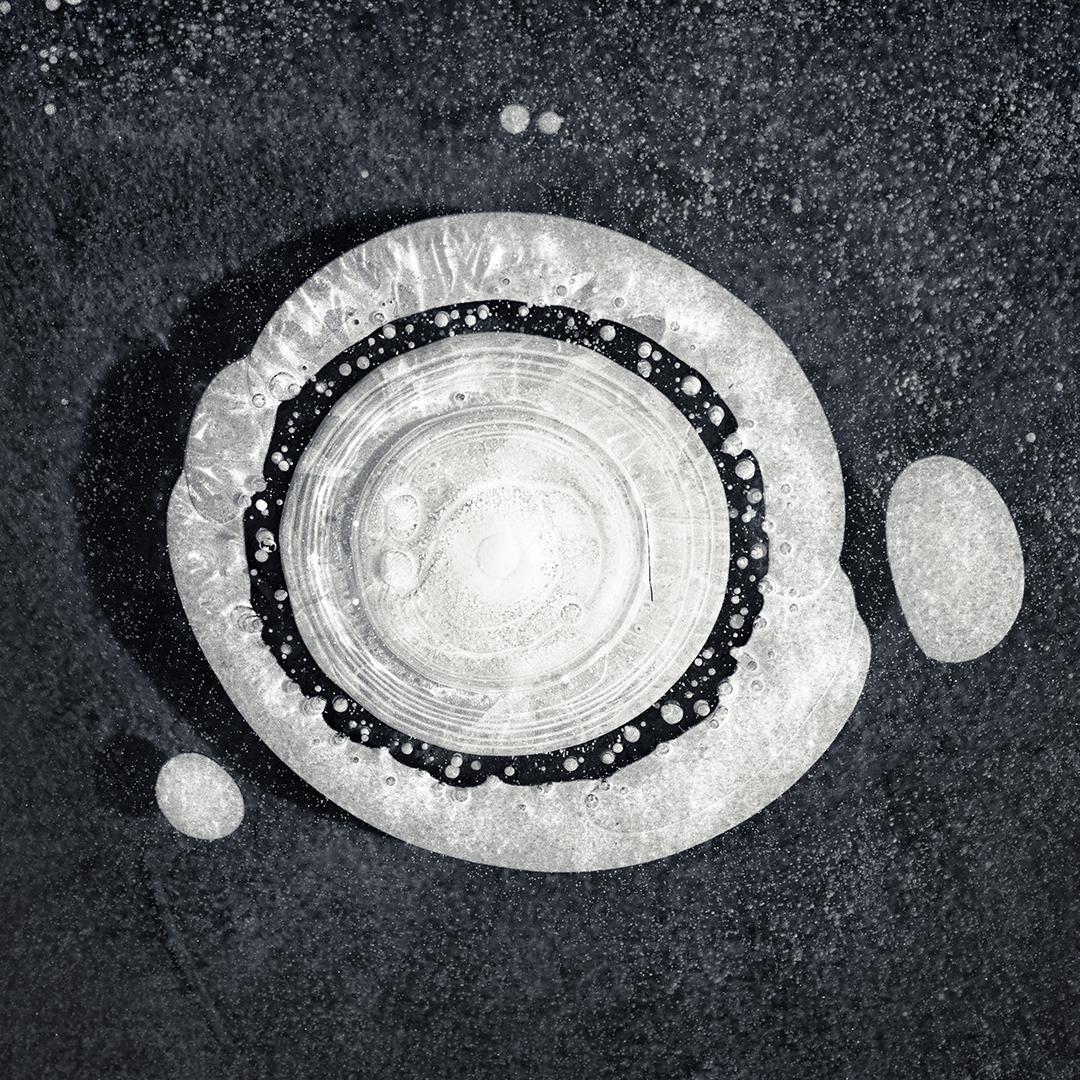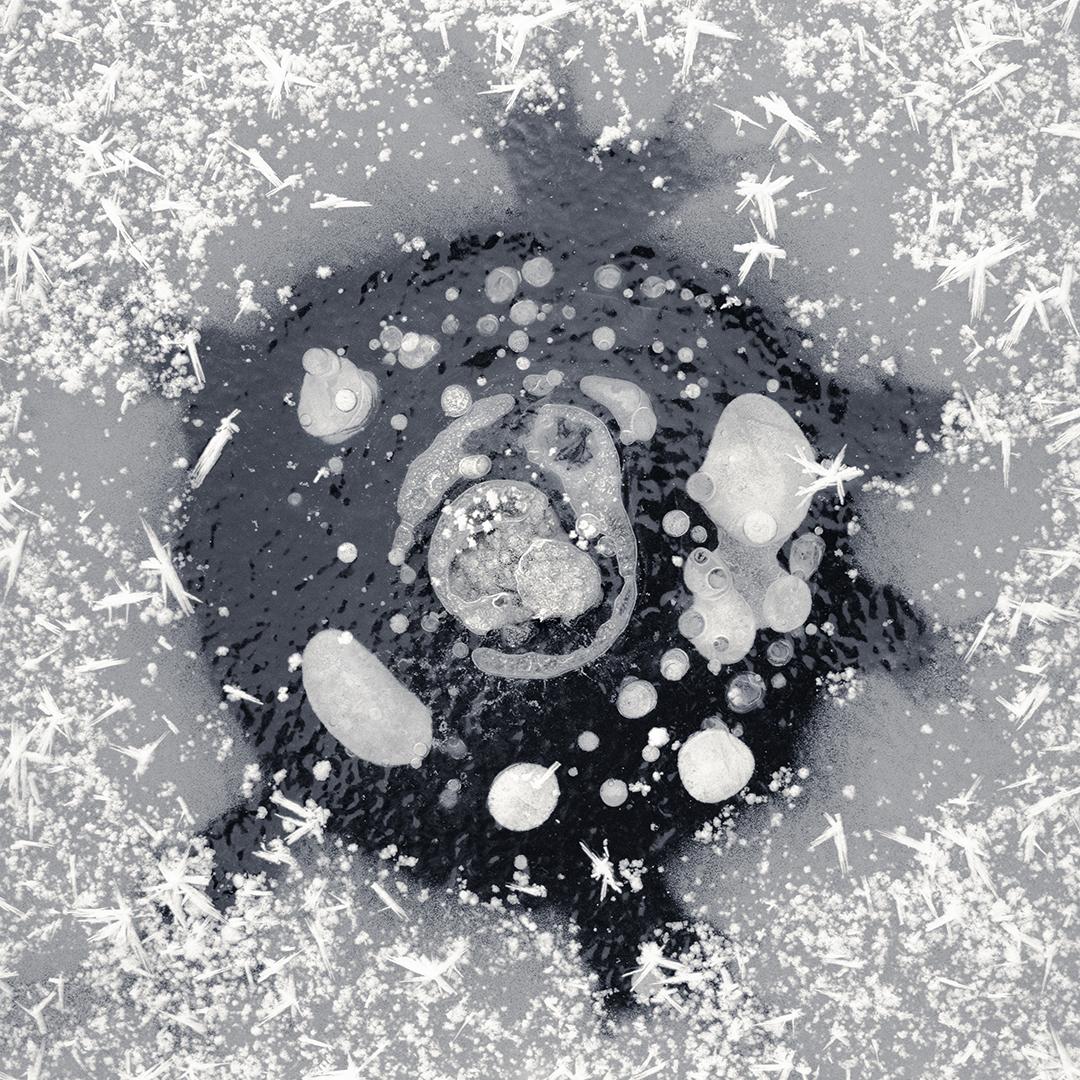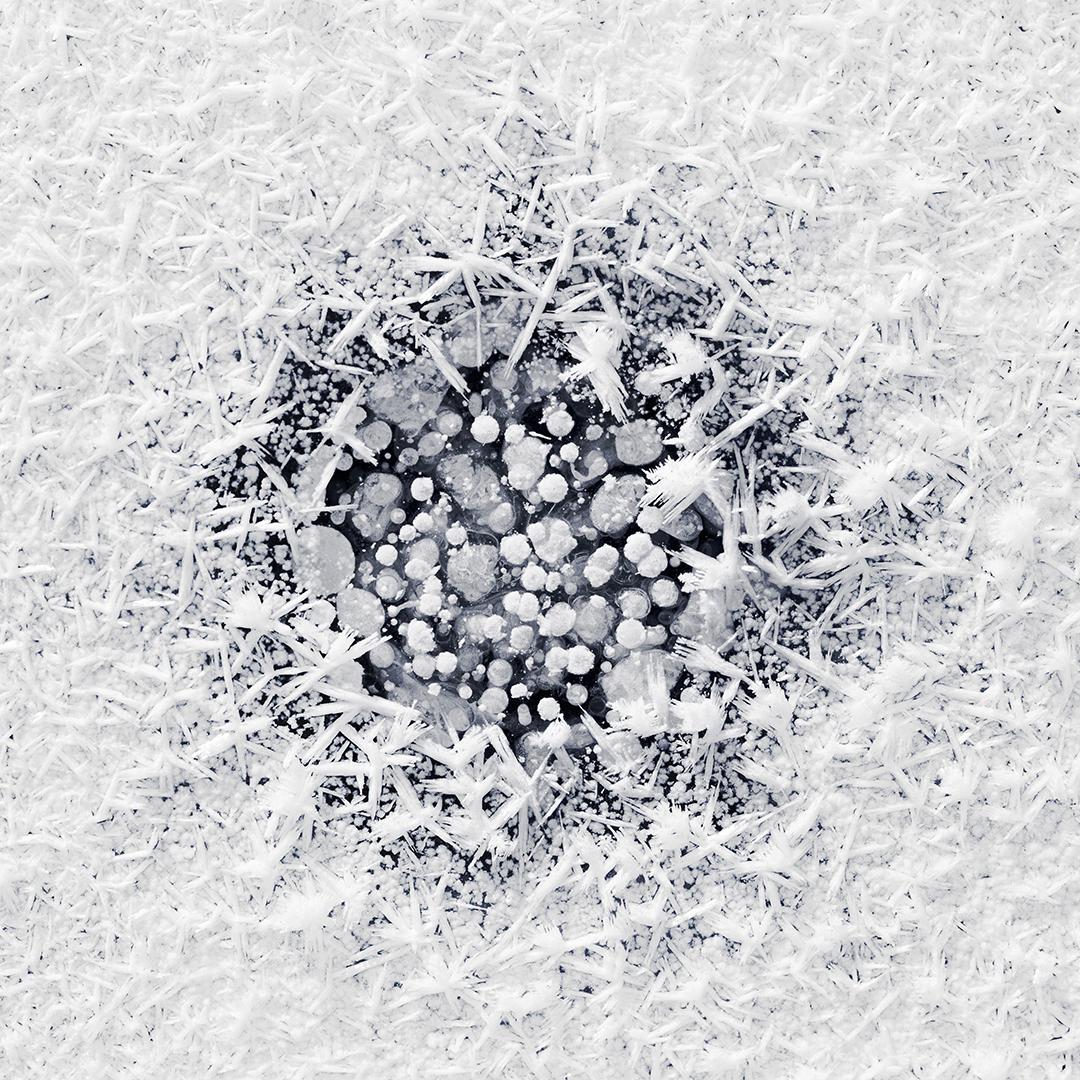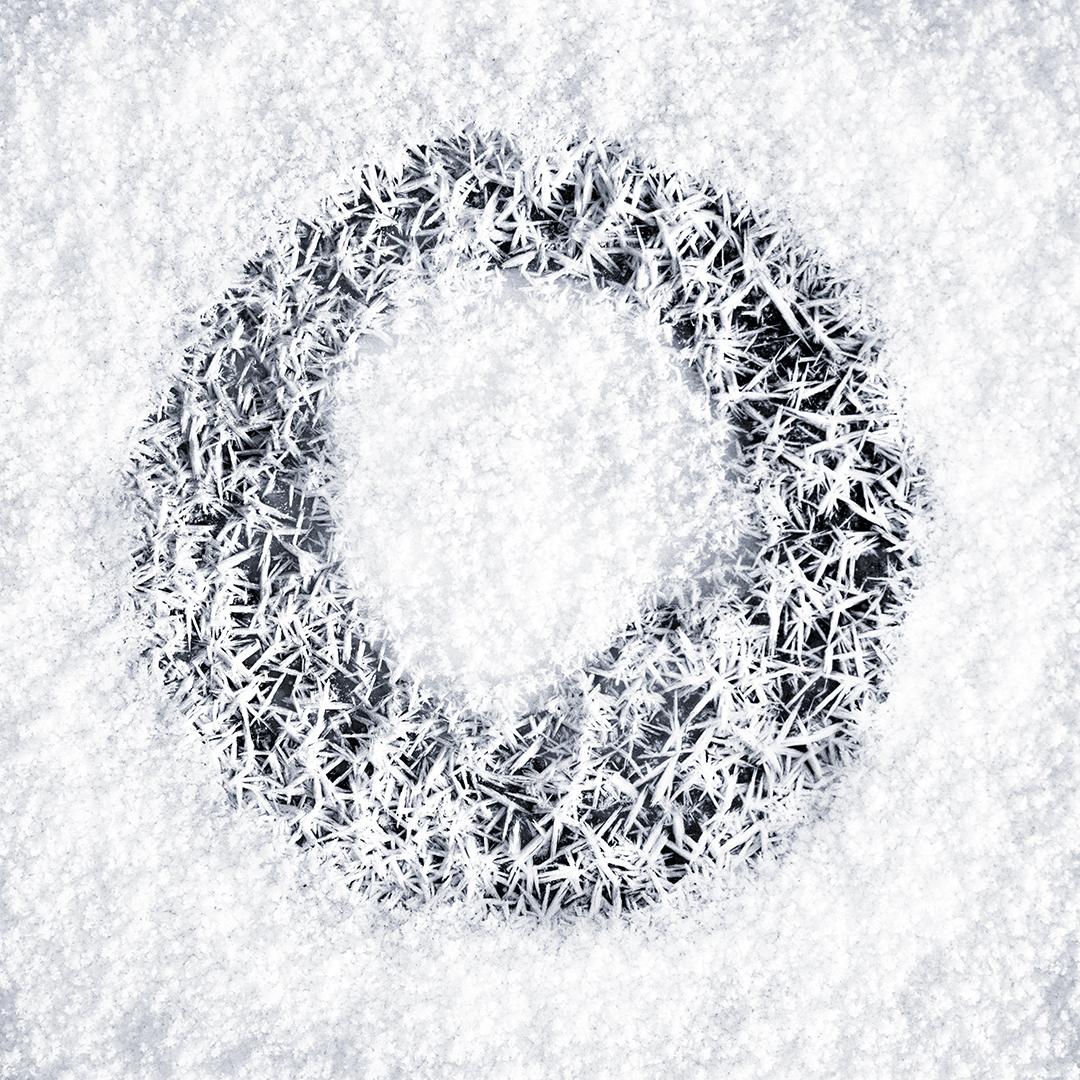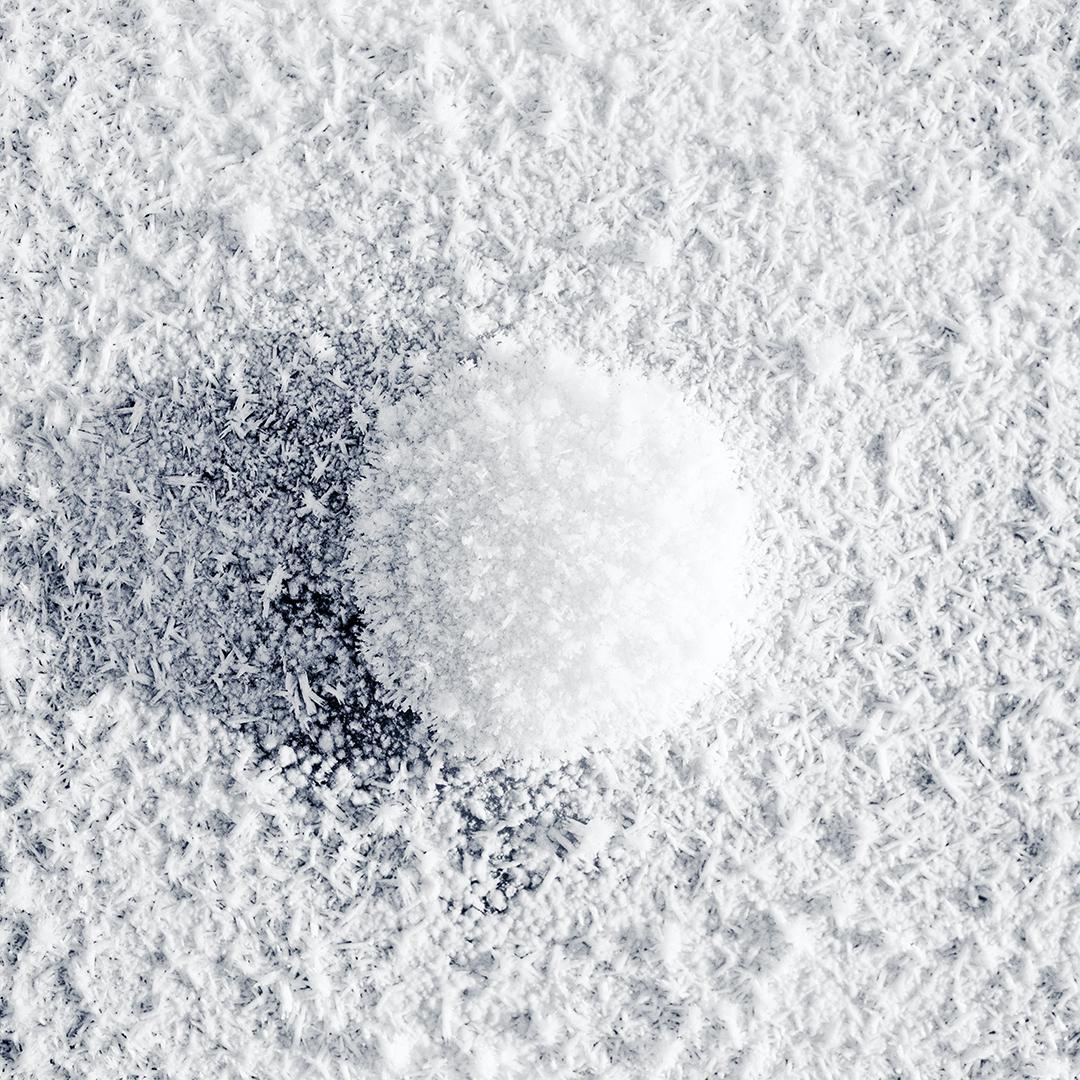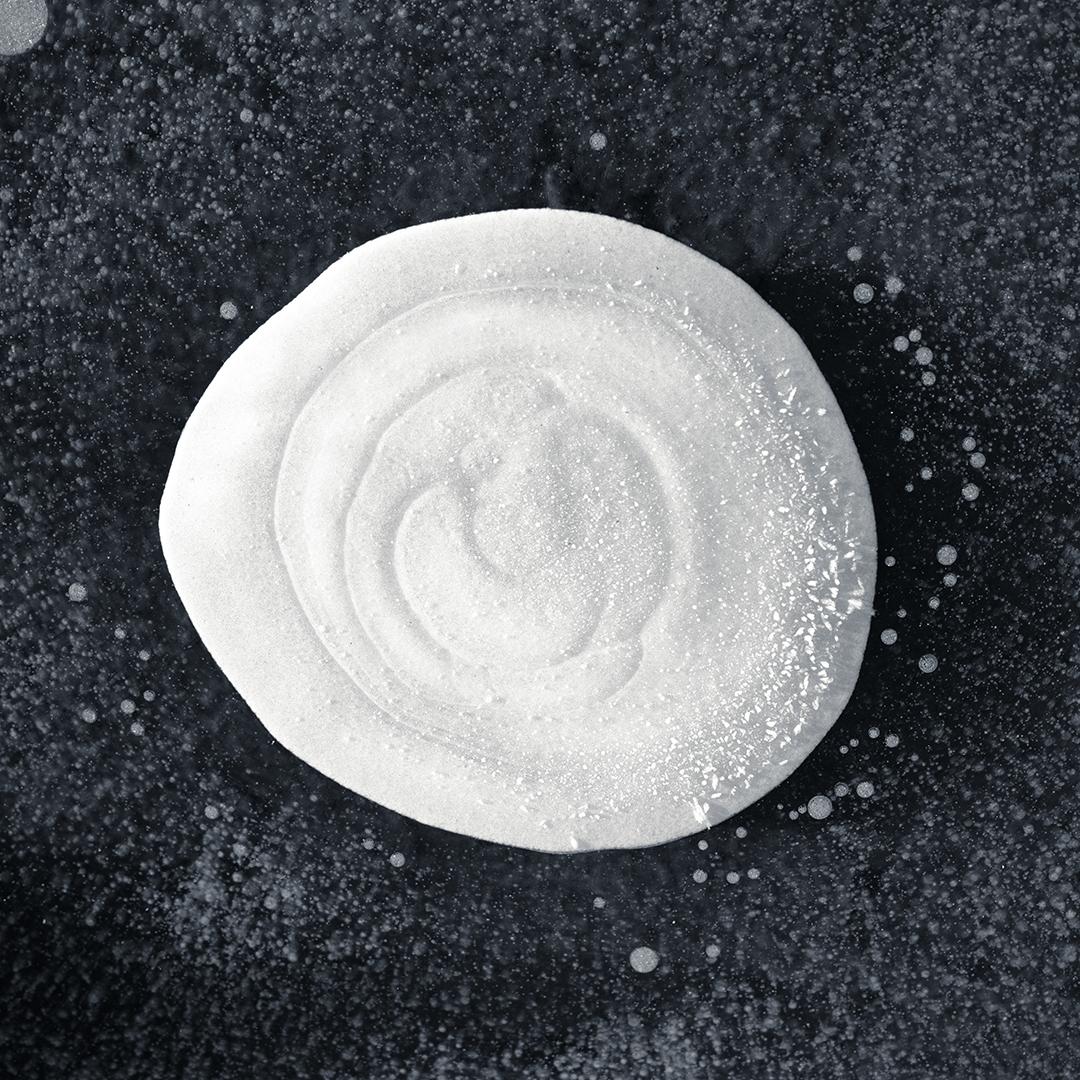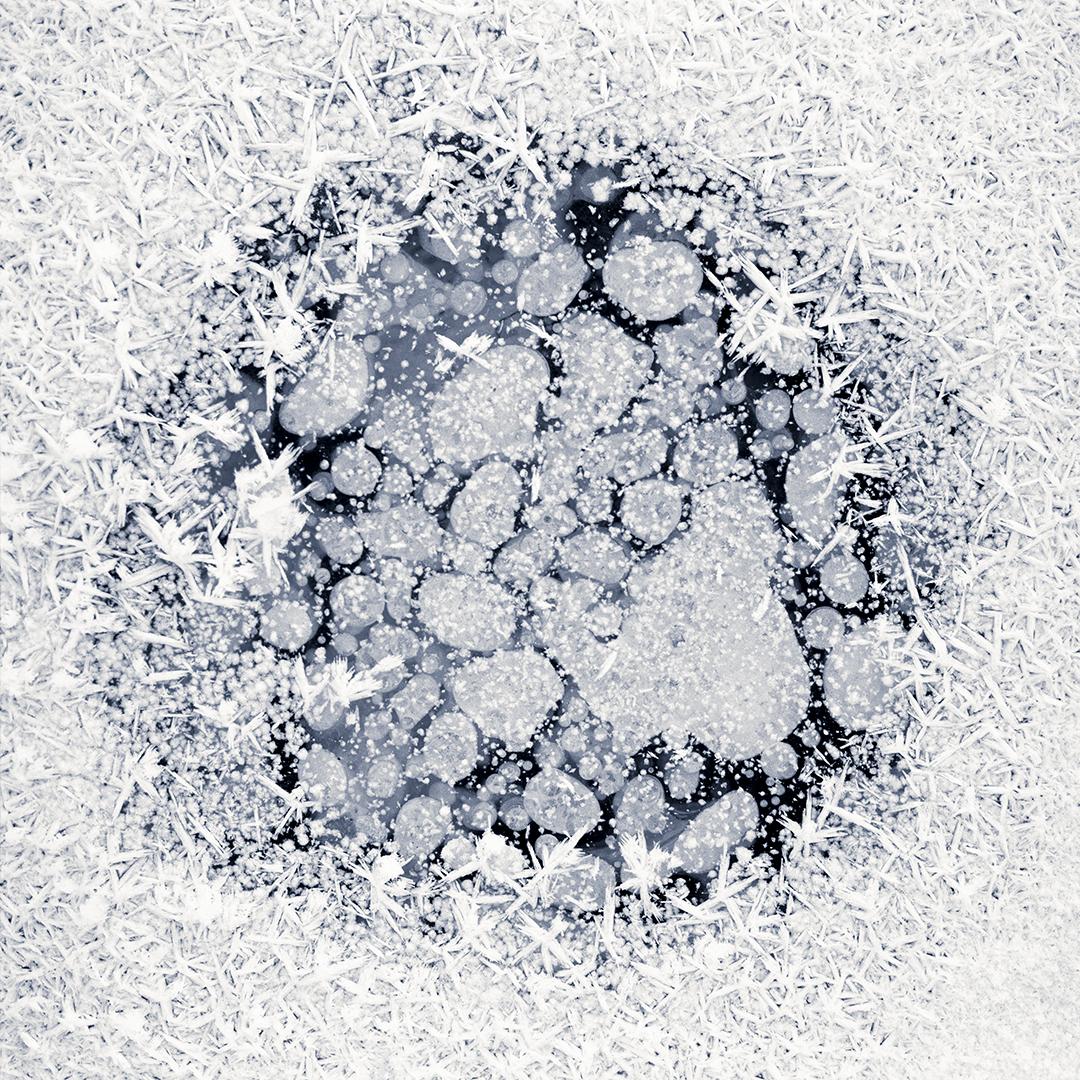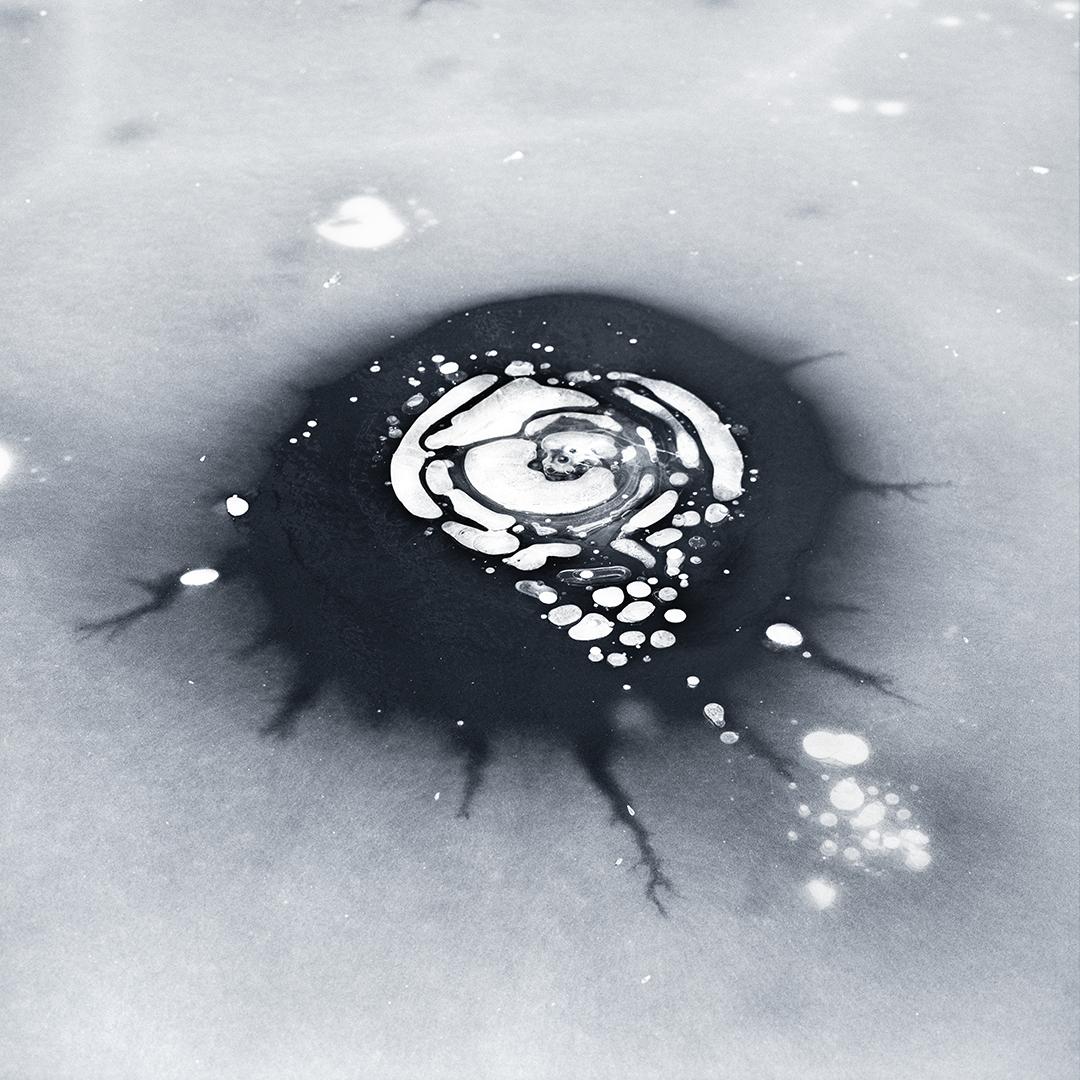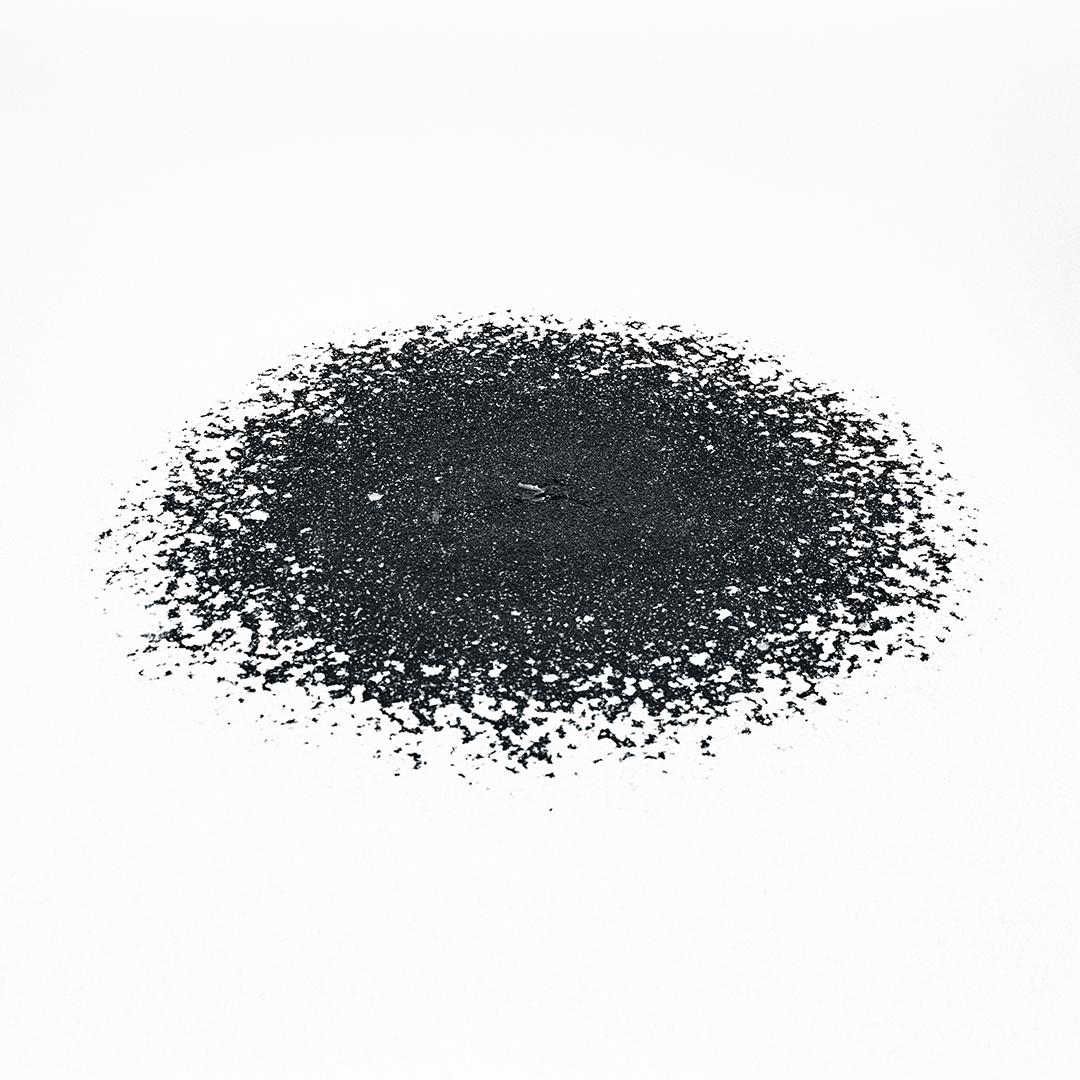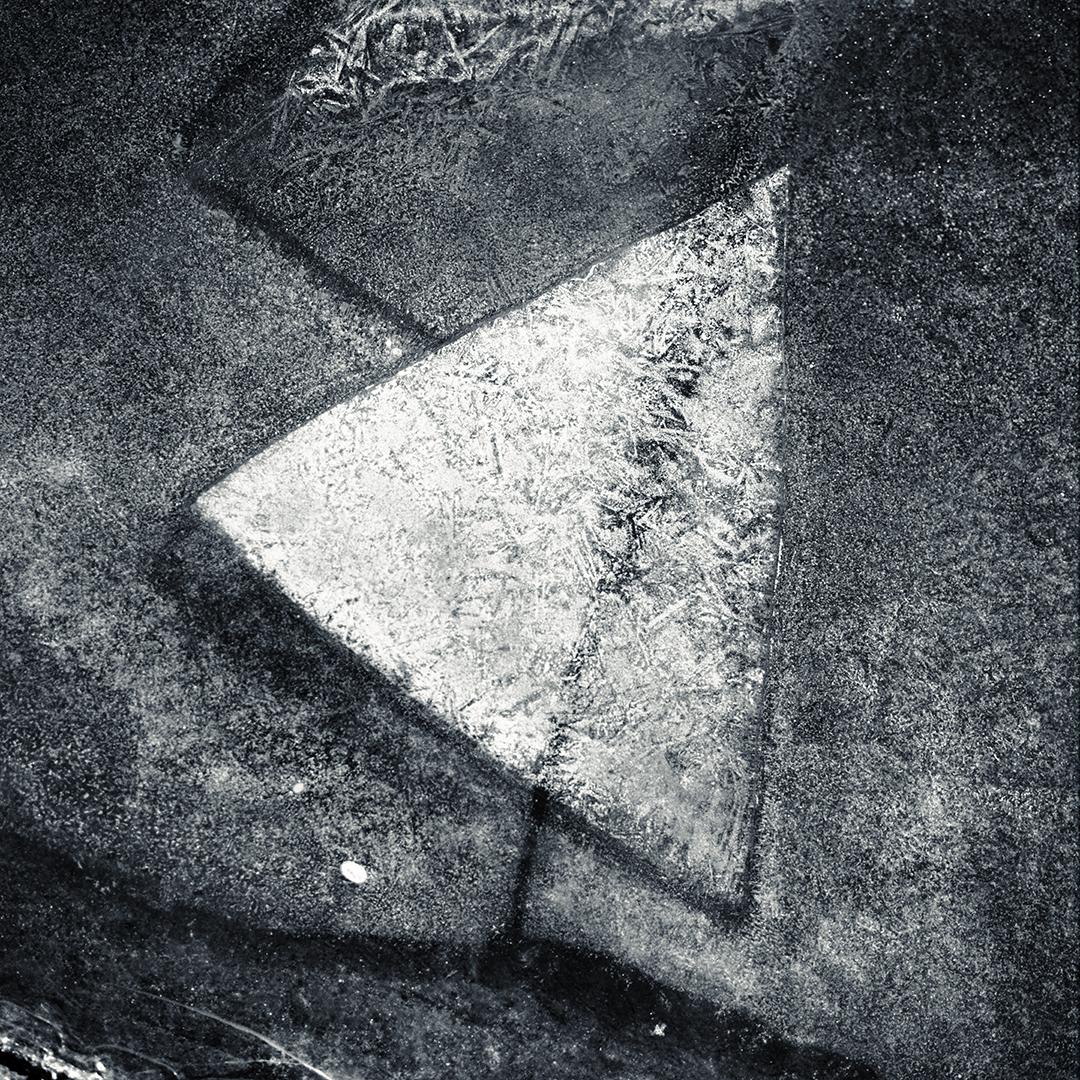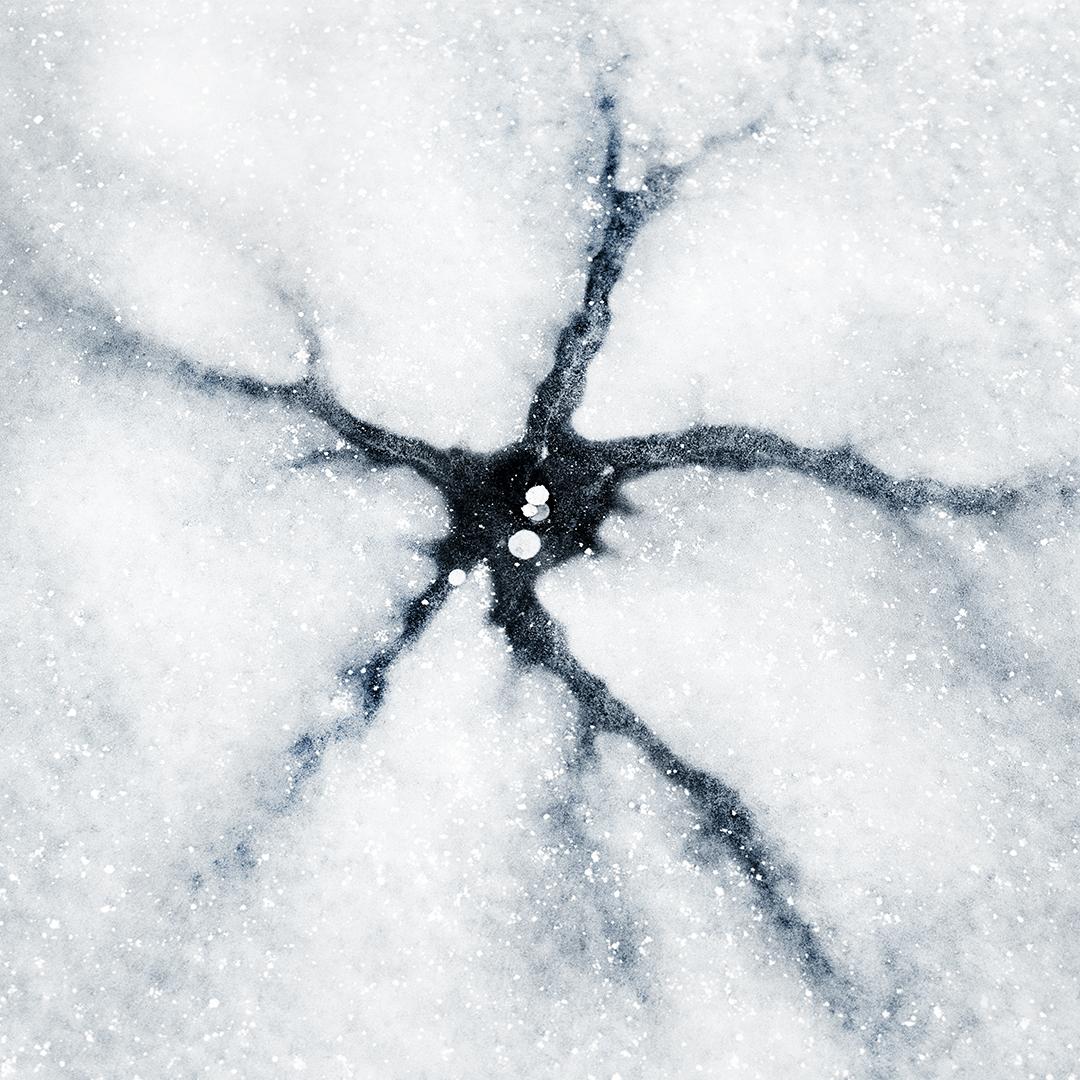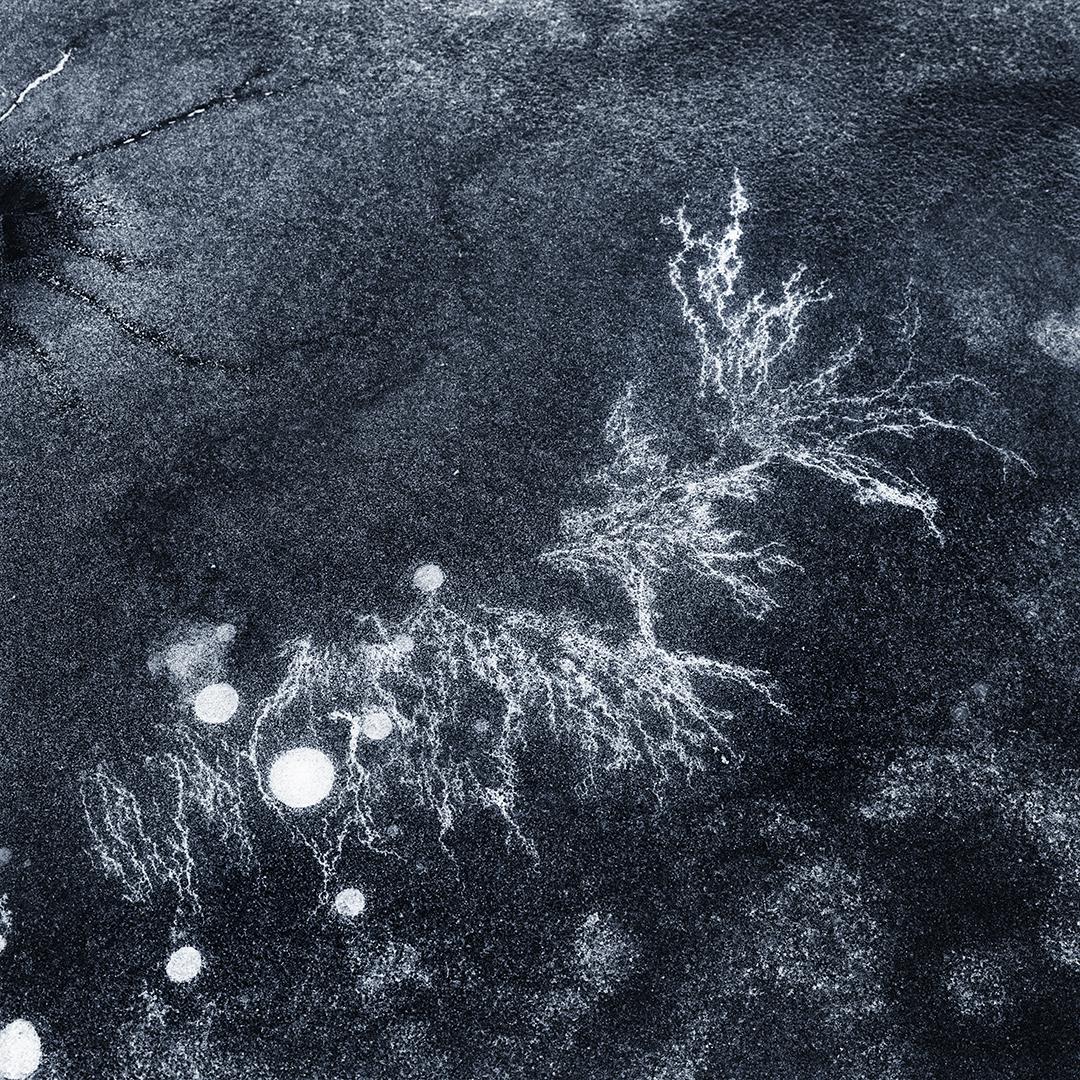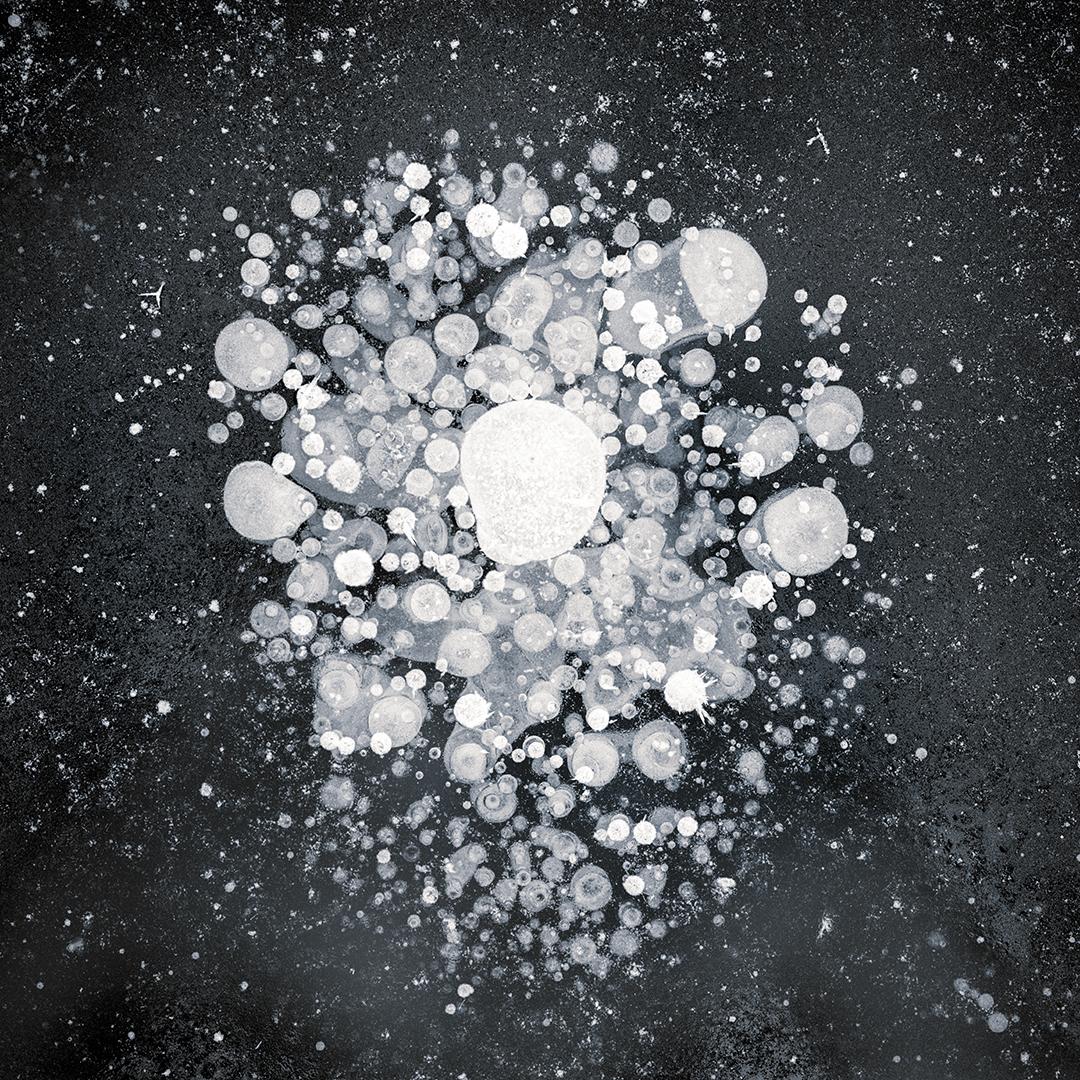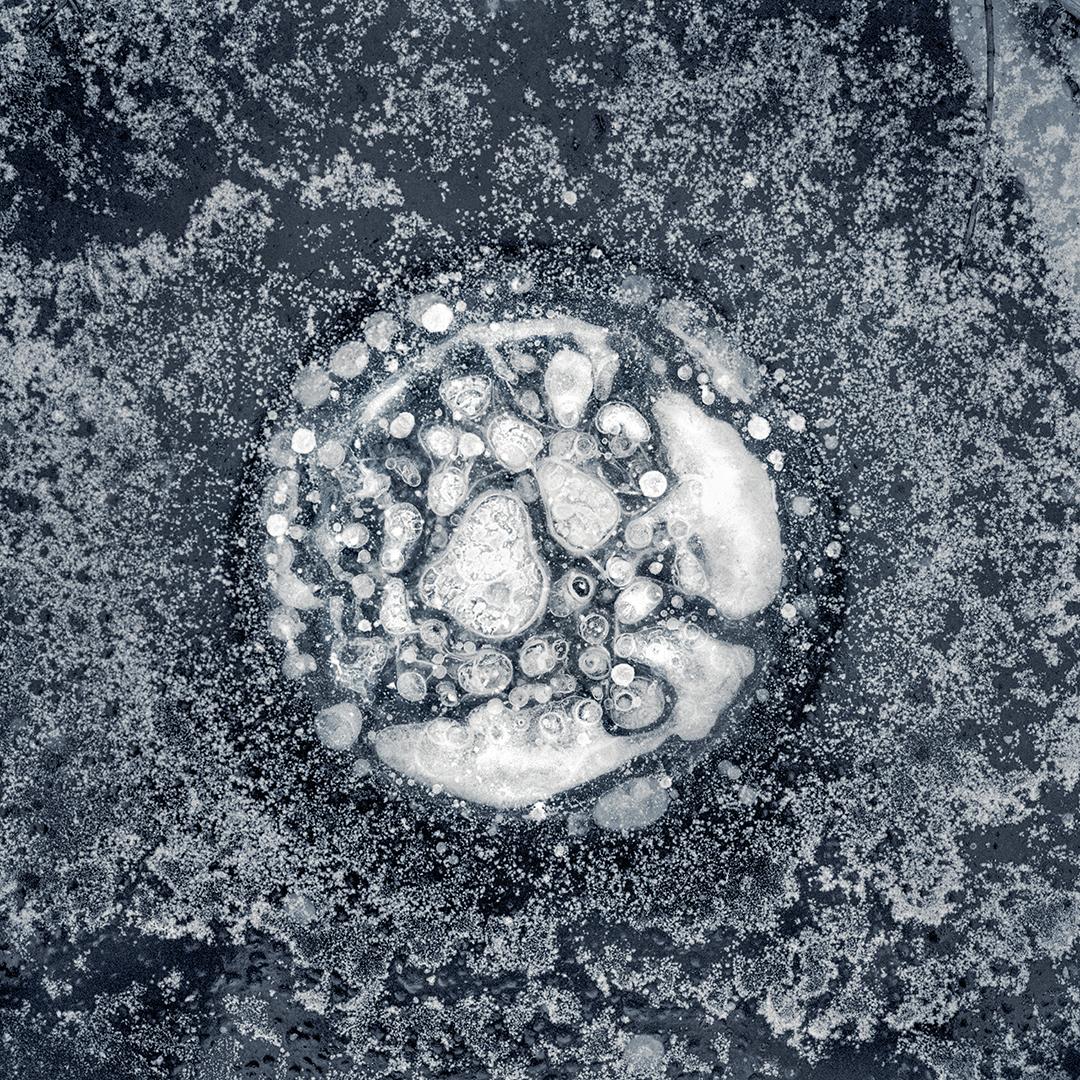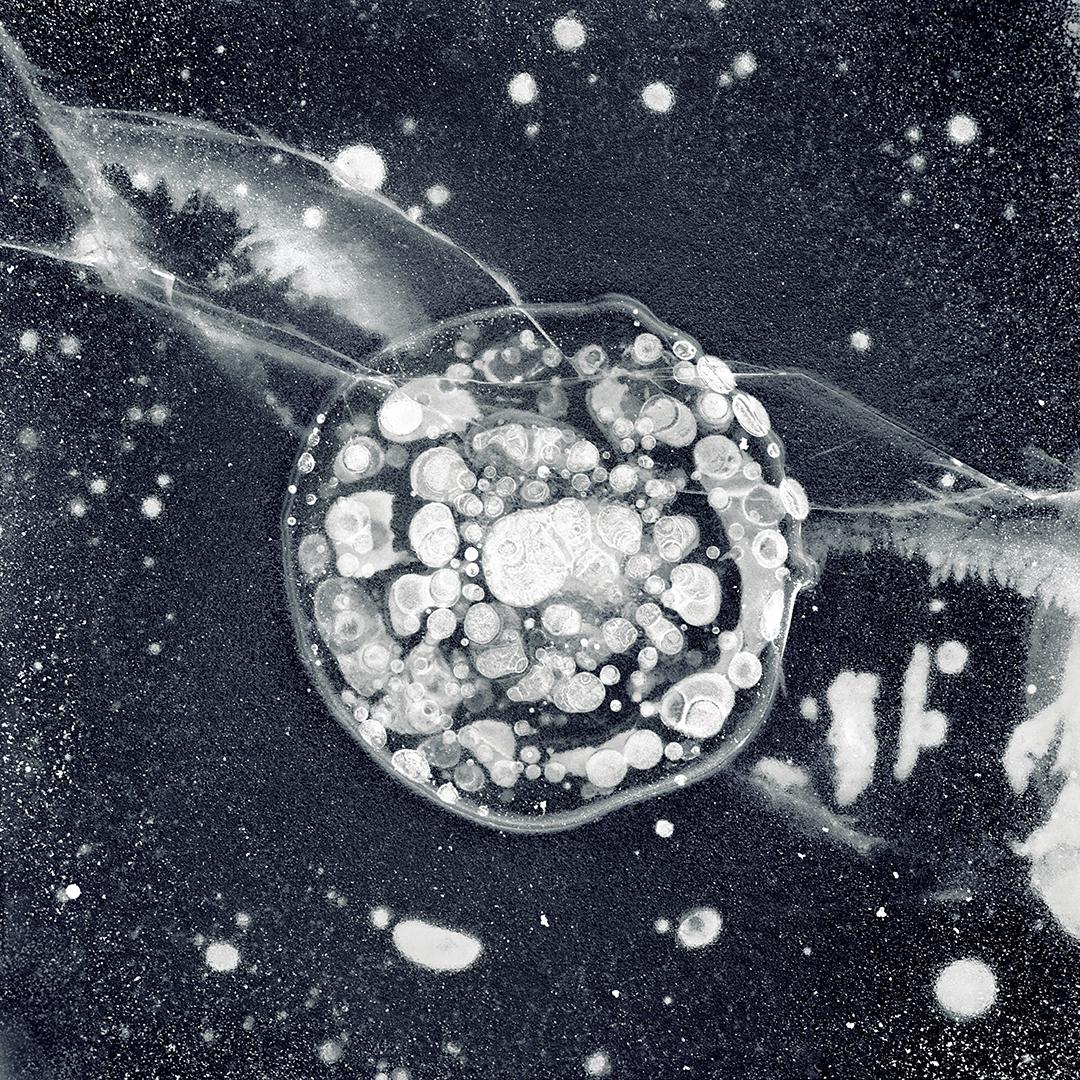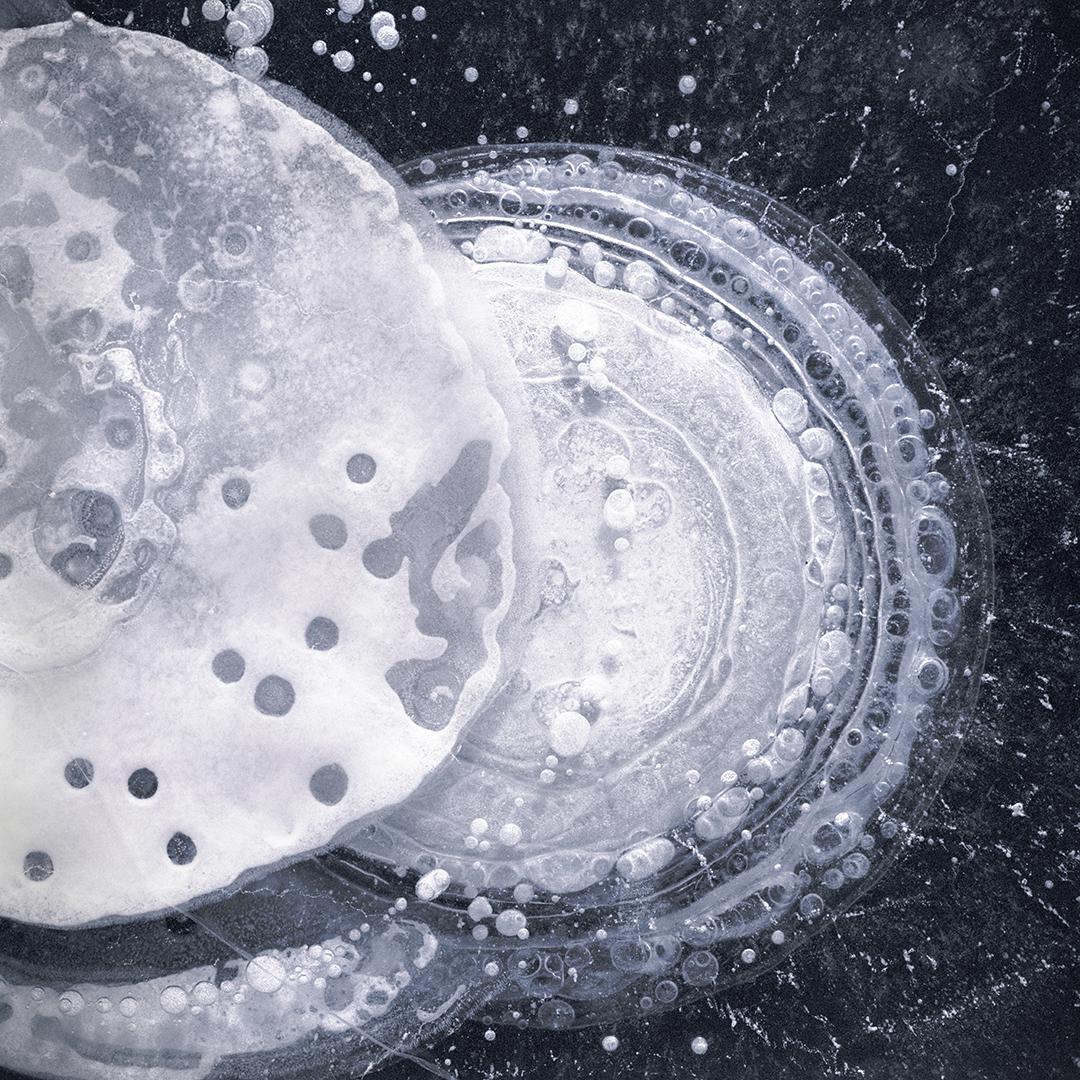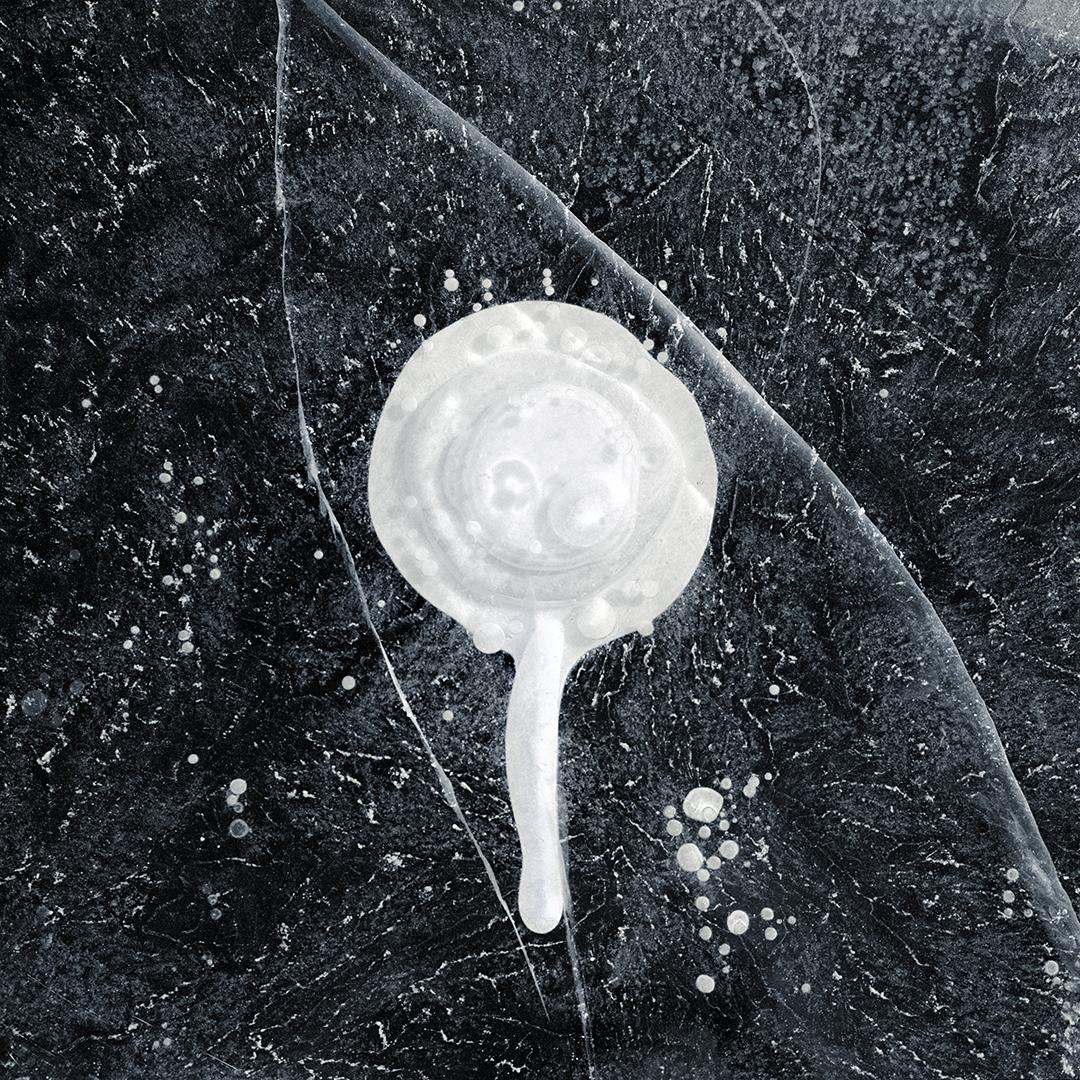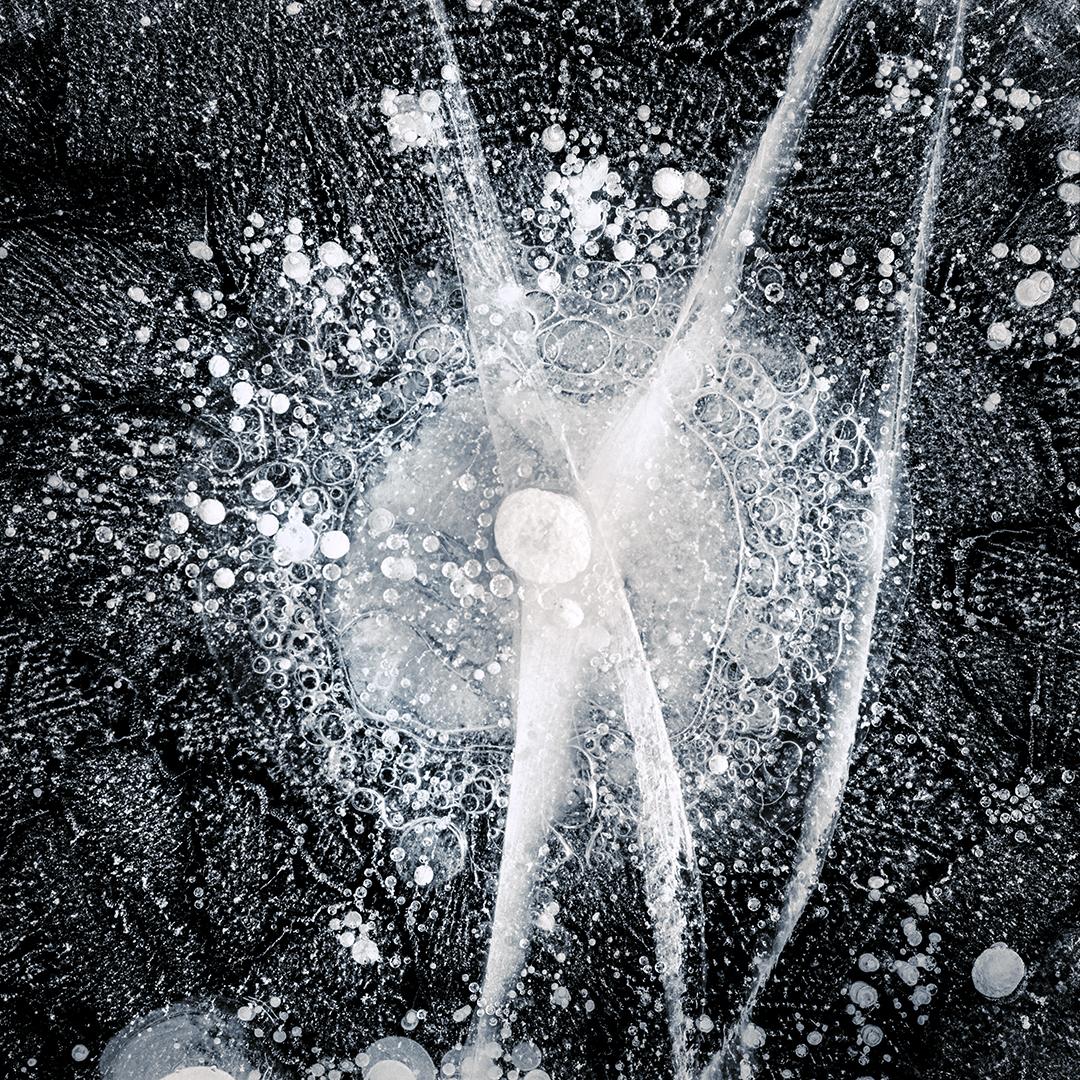
Ryota Kajita
Ice Formation
Introduction I began photographing the Ice Formations Series in 2010 and have continued to seek ice patterns that appear on the swamps, ponds, lakes and rivers of Interior Alaska. The patterns are mysterious and wondrous, delicate and ephemeral. They form quietly, change quickly and disappear while I find only a few. Each pattern is unique, and every season of ice formations is different. Going out and spending time on the ice over the past seven years, I feel the dynamic cycles of seasons as well as the changes in climate. I awaken to earth’s changes. The beautiful ice patterns are not intended for humans or other creatures to appreciate. They happen in nature. This makes me reflect on the wonders of nature and respect the environment. The beauty and wonder of everyday life is subtle, ephemeral and often too small to be noticed. Photography enables me to pay attention to those moments and subjects, take time to observe them and help me to understand my surroundings more intimately. Through photographs, nature reveals its subtle beauty to me. In the Ice Formations series, I hope to share these transient and small creations with others. About the Series of Ice Formations This series captures ice formations on the swamps, ponds, lakes and rivers of Interior Alaska. Many of the formations are frozen bubbles of gases such as methane and carbon dioxide trapped under ice. When water freezes, it turns into ice slowly from the surface and traps the gases. The bubbles and freezing temperatures create unique geometric patterns. The diameter of the ice formations in these photos range from 10 to 30 inches. Because methane gas is considered one of the fundamental causes of greenhouse effects, scientists in Alaska are researching these frozen bubbles in relation to the global climate change. The water also shows other beautiful patterns in fall and winter. Snow falls on lakes and rivers, freezes, melts, refreezes and creates unique organic patterns on ice. The vapor in the air freezes as frost and grows intricate ice crystals. I try to capture the beauty and the dynamic changes of water in nature. I use my medium format film camera and black and white film to capture these images, so that I scan the negative and tone digitally in Photoshop before creating prints on archival paper. Through the process of digital split-toning, the printed images have a slight tint of color. By minimizing colors, viewers can focus on the elegance of the forms and shading created by clear transparent ice and white frost. Artist Statement When autumn wanes and winter arrives in Fairbanks, Alaska, I happily head outside to explore ice. Winter’s first ice patterns become a magnetic subject for me. The window of time to find ice patterns is brief, because all surfaces on the ground will be covered once snow falls. Wandering and looking for ice reminds me of boyhood treasure hunting. I used to run out into the woods after school and explore places that made up my neighborhood. My footprints over unknown areas marked adventure and enjoyment of my childhood. Going out into nature was fun and uplifting enough to fulfill my youthful curiosity. As an adult, photographing ice has its roots in my childhood experiences. In this spirit I strive to know the environment at a deeper level. Genuine curiosity propels me to actively engage the place where I live. It is a conversation between nature and me. The photograph is the treasure I gather from my surroundings. I hope that the dynamic changes of water captured in the Ice Formation Series will guide viewers to feel connected to nature, inspire their curiosity of natural phenomena, and invite them to explore the geometric beauty in the details of the organic patterns. The vital dialogue between a person and their surroundings can develop their thoughts on how they live in the place perhaps allowing them to face bigger issues like global climate change. Everything – even if it appears to be insignificant – connects to larger aspects of our Earth.
